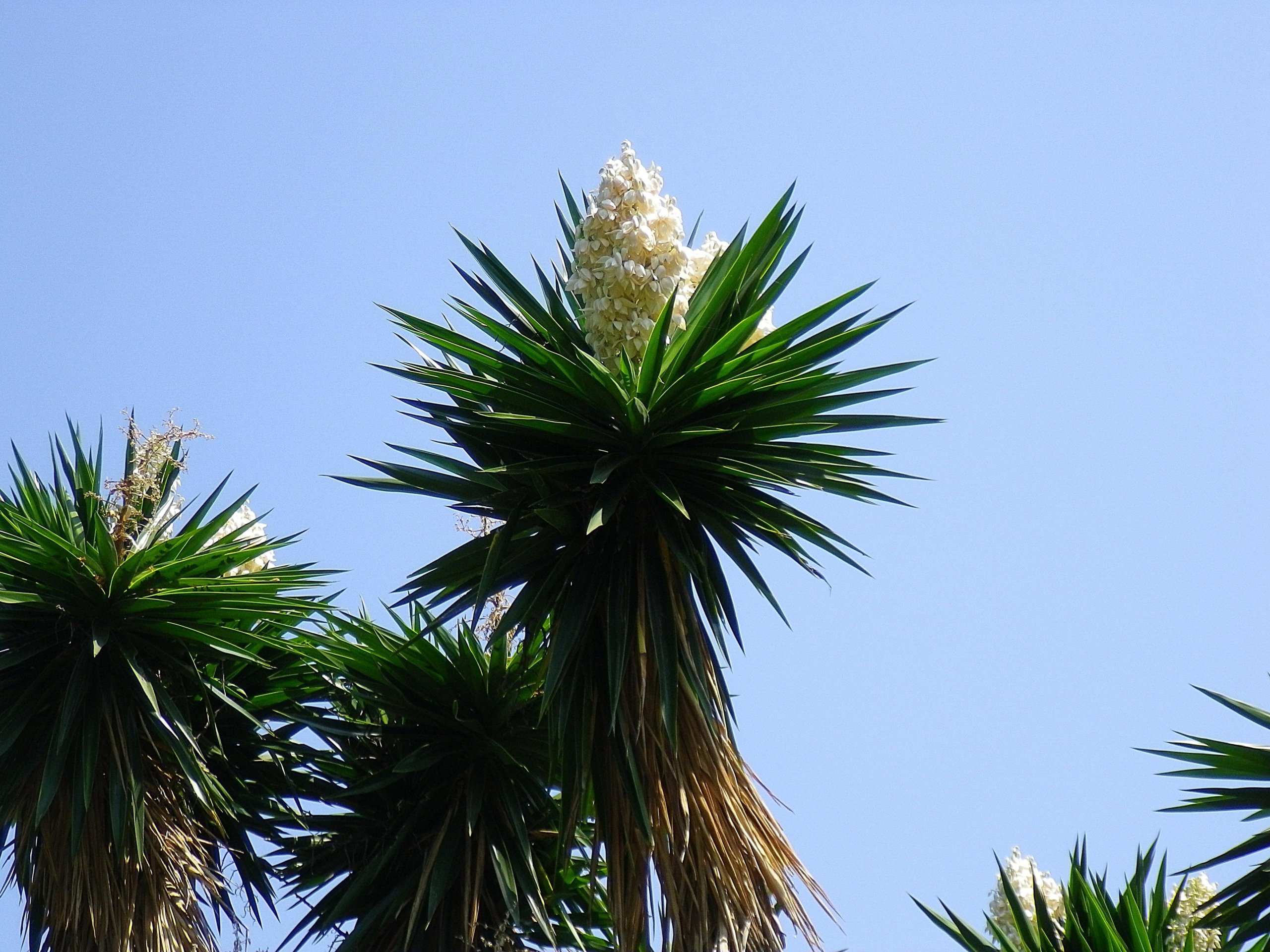Polycarpic Succulents
If you enjoy growing succulents that flower more than once, polycarpic succulents are a great choice. Polycarpic succulents bloom several times throughout their lives, which means you can see beautiful flowers year after year from the same plant. Unlike some succulents that die after a single bloom, polycarpic types can keep growing and flowering for many seasons.
These plants belong to several different succulent families and genera, each with its own unique growing habits and care needs. You can find polycarpic succulents that fit well in gardens, pots, or even as part of a larger landscape project. Learning about how these plants grow and reproduce can help you give them the best care possible.
Key Takeaways
- Polycarpic succulents bloom many times and do not die after flowering.
- These plants vary in appearance and care across different genera.
- Understanding their growth helps you enjoy healthier, longer-lasting plants.
Understanding Polycarpic Succulents
Polycarpic succulents produce flowers more than once during their lives. These plants can bloom repeatedly, which allows you to see new flowers every growing season if the plant is healthy.
Definition And Life Cycle
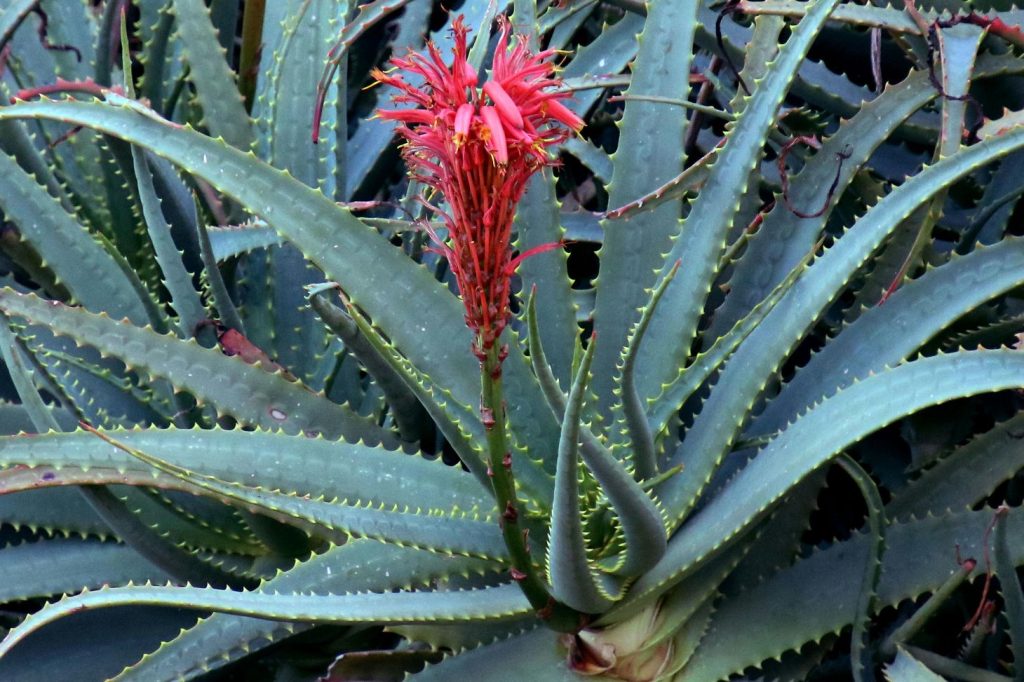

A polycarpic succulent is a type of succulent plant that is able to flower and produce seeds multiple times before eventually dying. This cycle sets them apart from monocarpic succulents, which only flower once.
Most polycarpic succulents grow for several years, showing periods of active growth, flowering, and seed production. After flowering, they do not die but instead return to their usual growth patterns.
The life cycle often includes a dormancy period after flowering. During this time, the plant rests and stores energy, preparing for the next growing and flowering season.
Many familiar succulents like Echeveria and Aloe are polycarpic. You will often see these plants bloom year after year, especially when they receive the proper care and environment.
Polycarpy Versus Monocarpy
Polycarpic plants can bloom several times, while monocarpic plants only bloom once before dying. In the succulent world, this difference impacts how long you get to enjoy your plant and how often you see flowers.
Here’s a simple comparison table:
| Feature | Polycarpic Succulents | Monocarpic Succulents |
|---|---|---|
| Blooming cycle | Many times in life | Once, then dies |
| Lifespan | Several years, ongoing | Ends after one bloom |
| Examples | Aloe, Echeveria | Agave, Aeonium tabuliforme |
Polycarpic succulents are considered easier for ongoing display since you do not have to worry about losing the entire plant after flowering. This makes them popular among collectors who prefer lasting plants.
Adaptations in Succulent Plants
Polycarpic succulents have developed several adaptations that let them flower many times. These plants usually store water in their leaves, stems, or roots, helping them survive dry periods and recover after blooming.
Some species show offset production, where the main plant produces smaller baby plants around its base. These offsets allow the plant to keep growing new blooms as the original rosette recovers and saves energy for its next flowering period.
Leaf thickness, waxy coatings, and shallow but wide root systems are other key adaptations. These features help polycarpic succulents handle harsh sunlight and low water, keeping them healthy and active for many years.
Most important, these survival strategies mean you can expect regular blooming if you provide basic care. This includes good drainage, enough sunlight, and not overwatering. You will see your plant not only survive but also flower more than once.
Major Polycarpic Succulent Genera And Families
Polycarpic succulents are able to flower and produce seeds many times, which sets them apart from those that die after flowering once. Each genus or family discussed here has species that provide reliable growth and bloom cycles for your garden or collection.
Agave And Relatives

Most species of Agave are monocarpic, but a few are polycarpic and bloom repeatedly throughout their lives. These rare polycarpic agave species tend to be smaller and not as showy as their monocarpic relatives. Manfreda, Polianthes, and Prochnyanthes are closely related to Agave and were once grouped with them.
These relatives are all polycarpic. You may come across them under the Agavaceae family or, in newer plant books, under Asparagaceae. Manfreda and Polianthes have tuberous roots and rosettes of leaves. They usually send up tall spikes of flowers every year. Beschorneria contains polycarpic species, while Furcraea contains monocarpic species.
Nolinaceae And Dracenaceae Overview
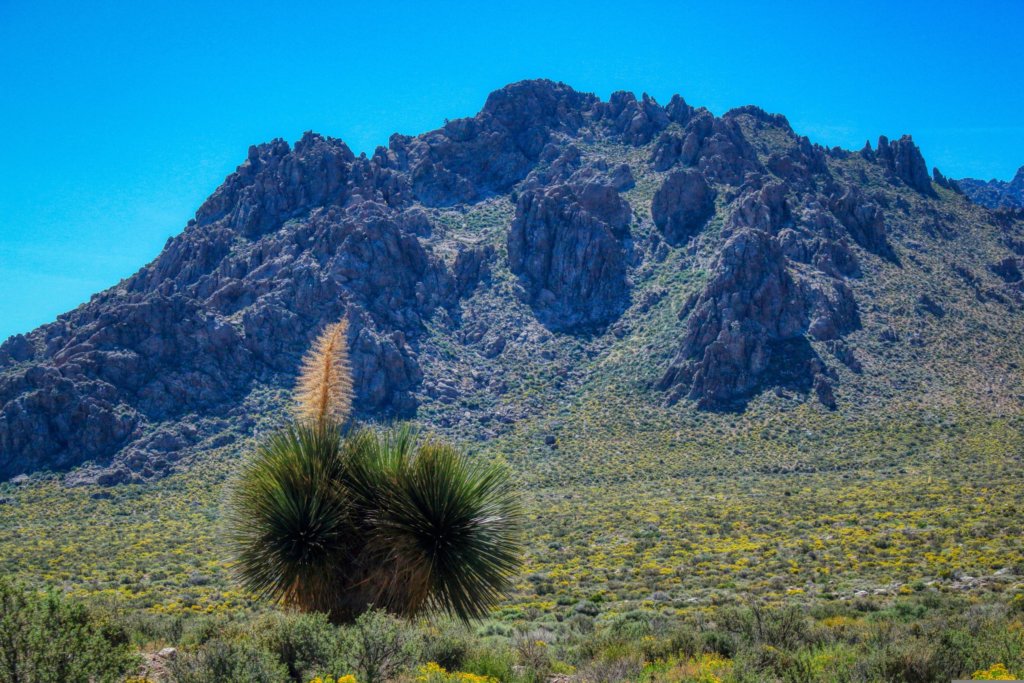
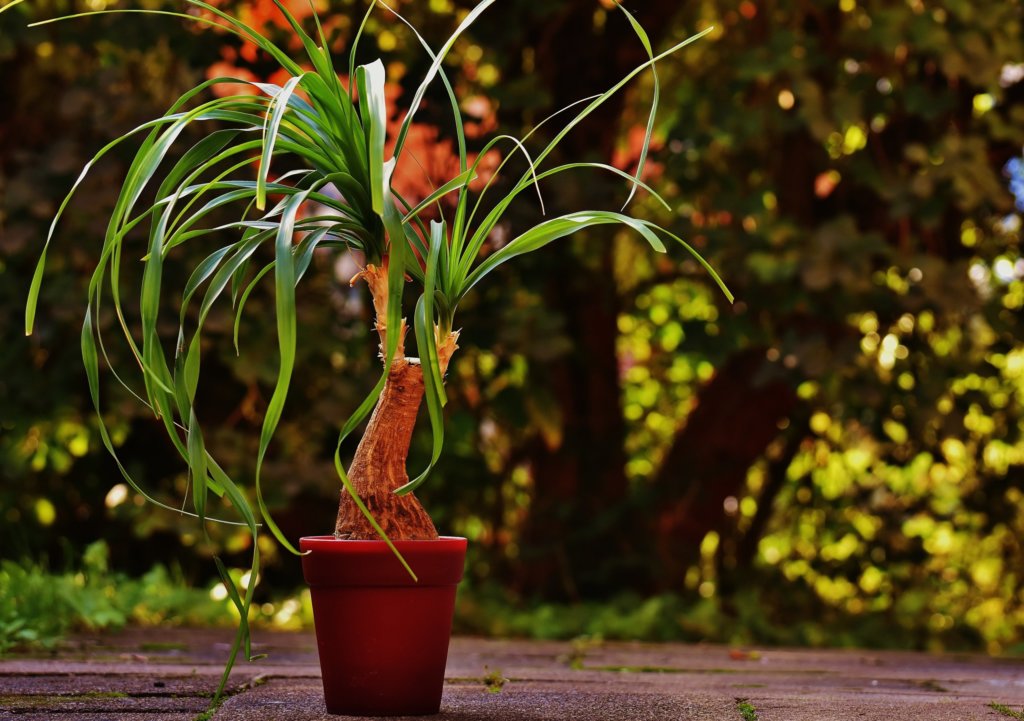
Nolinaceae includes succulents like Nolina and Beaucarnea (Ponytail Palm). These plants grow thick stems or trunks to store water. They are always polycarpic, producing flowers many times in their life.
Dracenaceae is best known for the Dragon Tree (Dracaena). Some Dracaena species, like Dracaena draco, develop succulent trunks and can live for decades. They produce flowers many times and can branch after each bloom. Both families are popular in warm gardens and as houseplants.
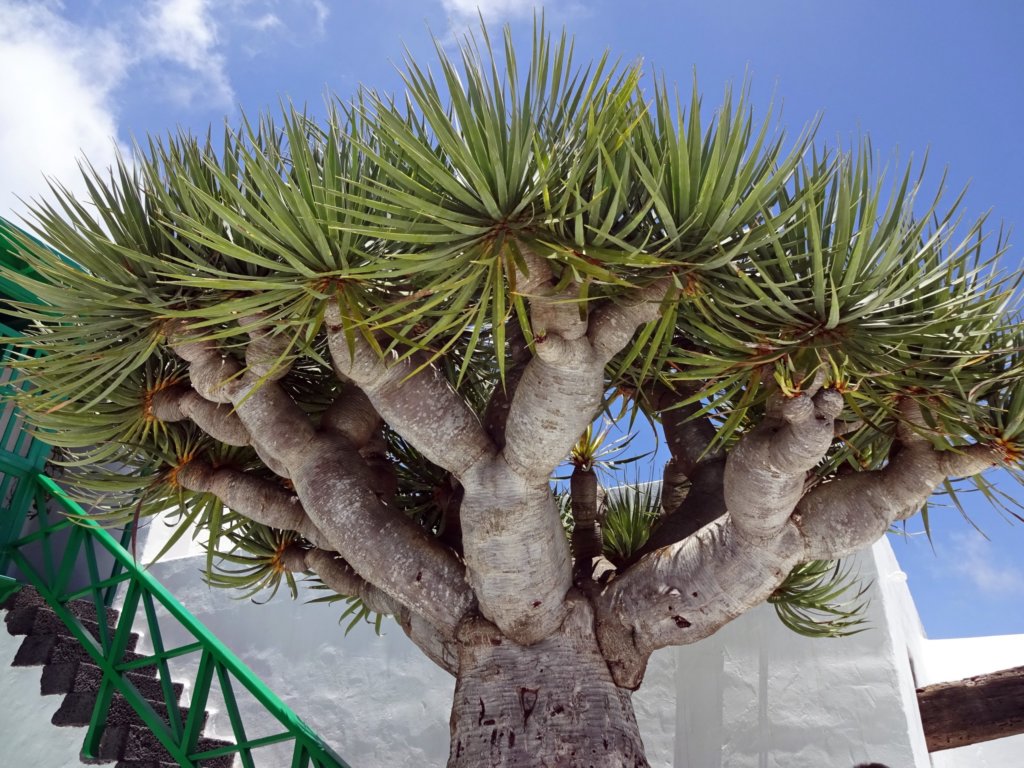
Beaucarnea and Nolina tolerate drought and are used in dry landscapes. Their long life, repeated blooms, and unusual shapes make them good choices if you want a distinctive succulent.
Hesperaloe And Related Taxa

Hesperaloe is a small genus from northern Mexico and Texas. These grass-like plants are known for their red or pink flowering spikes that appear every summer. Hesperaloe parviflora, the Red Yucca, is the most well-known.
Hesperaloe species are polycarpic and live for many years, flowering reliably each season. They handle heat and drought well, making them strong landscape plants. Unlike true Yuccas, their leaves are softer and have stringy fibers along the margins. Hesperaloe is sometimes mistaken for Agave or Yucca, but is easy to tell apart because of its repeated blooming and flexible leaf structure.
Other related taxa include Hesperocallis (Desert Lily), which is rare but also polycarpic, flowering more than once through its life when water is available. Both are good choices if you want long-lived, blooming succulents in dry gardens.
Notable Polycarpic Species
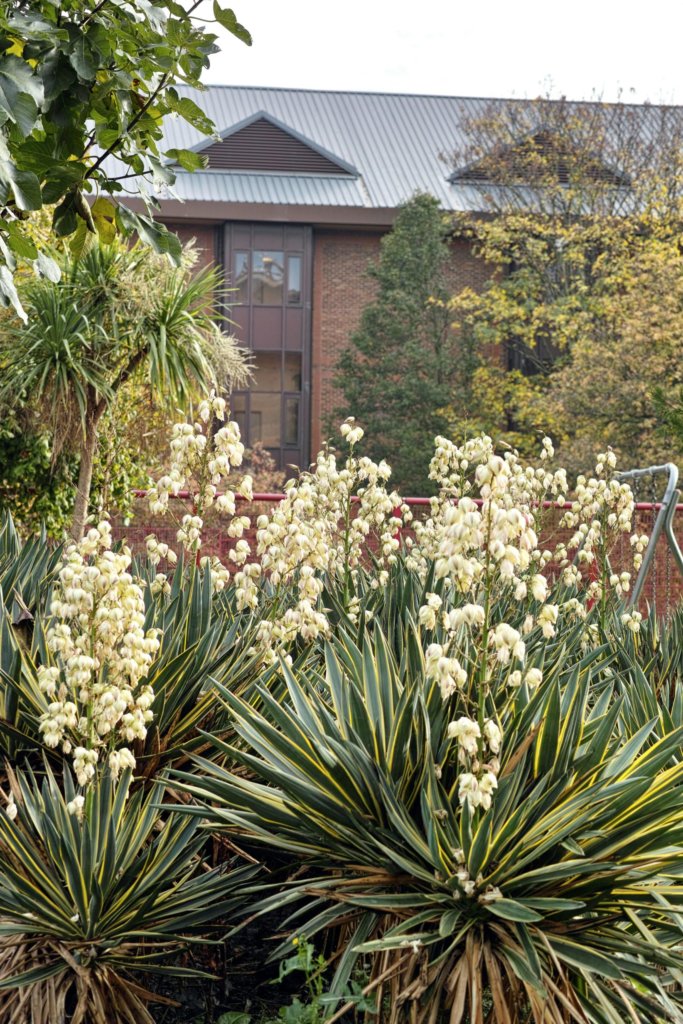
Some succulent species are especially valued for repeating their bloom cycles without dying. These include:
- Yucca filamentosa and Yucca gloriosa (Yucca): Both keep living and flowering after blooming.
- Beaucarnea recurvata (Ponytail Palm): Blooms on mature plants, usually multiple times.
- Hesperaloe parviflora (Red Yucca): Reliable annual blooms for many years.
- Manfreda maculosa (Texas Tuberose): Spotted leaves, blooms yearly.
Polycarpic species are often chosen for landscapes where you want flowers every year without replanting. Many can be grown outdoors or as potted plants. Their ability to flower again and again adds long-term value and color to gardens.
Growth Habits And Cultivation
Polycarpic succulents grow and flower multiple times, so understanding their specific care needs helps them thrive year after year. You will need to pay attention to soil, water, climate, and propagation to keep these plants healthy and long-living.
Soil And Water Requirements
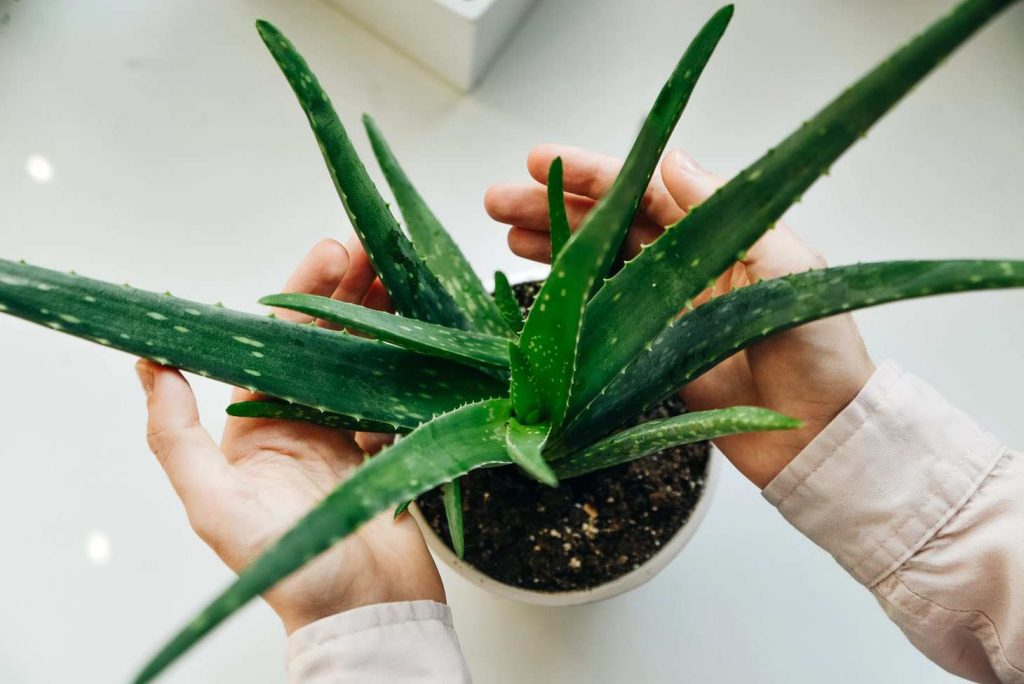
Polycarpic succulents require fast-draining soil to prevent root rot. Use a well-draining succulent potting mix, or make your own by mixing regular potting soil with sand, perlite, or pumice. This keeps the roots from staying wet and helps air reach them.
Water these succulents when the soil dries out, not on a set schedule. During warm growing seasons, you may need to water every 1-2 weeks. In cool or dormant periods, to every 4-6 weeks during cool periods, depending on specific climate conditions.
If you grow succulents in containers, make sure your pots have drainage holes. Overwatering is the most common reason these plants fail. Watch for yellow leaves, mushy stems, or a rotting smell, which all indicate too much water.
Climate Adaptations
Many polycarpic succulents are adapted to dry, sunny places such as the Mediterranean climate. They handle strong sunlight, high temperatures, and little rain well. Most need at least 6 hours of light daily.
If you live somewhere with wet or humid summers, protect your succulents from extended rain. Too much moisture increases the risk of root disease. In cooler climates, bring potted succulents inside when temperatures drop below 40°F (4°C).
Some types tolerate brief light frost, but many do not. Using mulch or moving pots can prevent cold damage. Make sure air can circulate around your plants to help them avoid fungal problems.
Propagation Techniques
You can propagate polycarpic succulents easily with several methods. Leaf cuttings, stem cuttings, and division are the most common. For leaf cuttings, let removed leaves dry out and form a callus over the cut end. After a few days, place them on well-drained soil and keep slightly moist until roots grow.
Stem cuttings work well for succulents that grow tall or branch out. Cut a healthy stem, allow it to dry and callus, then plant in soil. With offsets (also called “pups”), gently pull or cut them from the parent plant’s base and replant them.
Some polycarpic succulents may also be grown from seed, but this is slower and less common. Most people prefer vegetative methods because they are faster and more reliable. Always use clean tools and let cuttings dry before planting to avoid rot.
Ecological And Landscape Significance
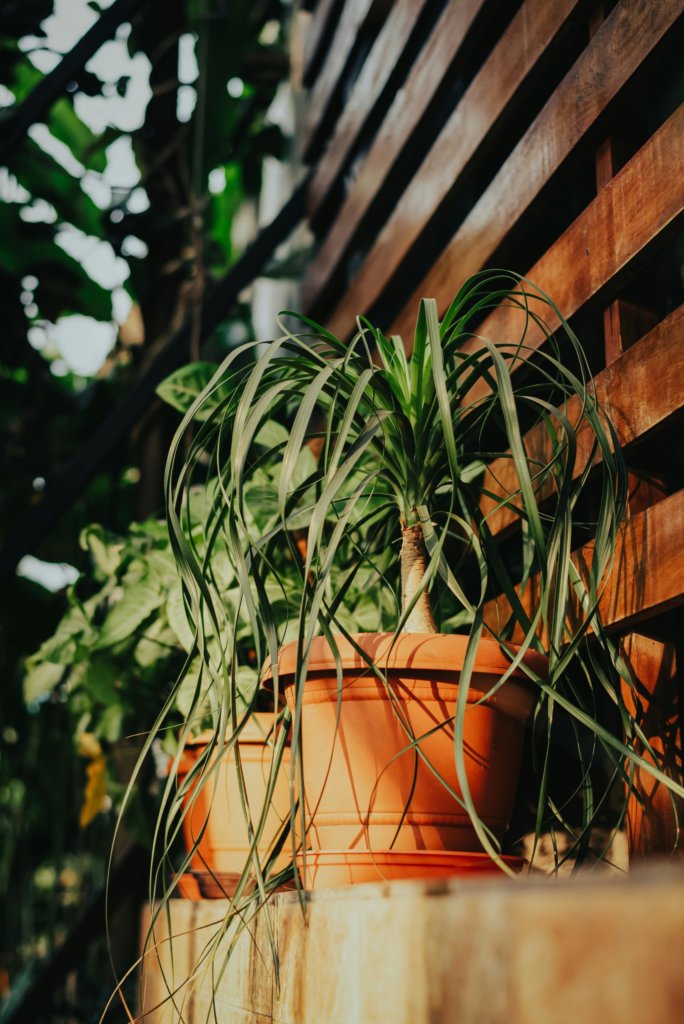
Polycarpic succulent plants offer important benefits for both local ecosystems and garden design. Their unique life cycle and ability to flower many times provide advantages you can use in many settings.
Ecosystem Roles
Polycarpic succulents, such as some agaves and aloes, help stabilize soil and prevent erosion, especially in dry environments. They store water in their leaves, stems, or roots, which helps them survive long droughts.
These plants flower many times during their lives. This repeated blooming provides a steady food source for pollinators like bees, moths, and birds. Consistent flowers mean more visits from animals that help plants reproduce.
Succulents also offer shelter for small animals and insects. Their thick, spiny structures give hiding places from predators and harsh weather.
In arid habitats, large clusters of polycarpic succulents can cool the surrounding soil and hold moisture, supporting a more stable microclimate.
Use In Sustainable Landscapes
You can use polycarpic succulents to create drought-resistant gardens that need less water and care than many other plants. Their ability to flower repeatedly brings color and interest to gardens year after year.
Some popular uses include border plantings, xeriscape designs, and rock gardens. These succulents need little fertilizer and are adapted to poor soils, so they reduce the need for chemical inputs.
Polycarpic succulents are also good for green roofs or living walls because they survive tough conditions and can help insulate buildings. Many species attract local wildlife, enhancing biodiversity in urban or suburban areas.
By using these plants, you create resilient, low-maintenance landscapes that are both attractive and practical in areas with limited water.

